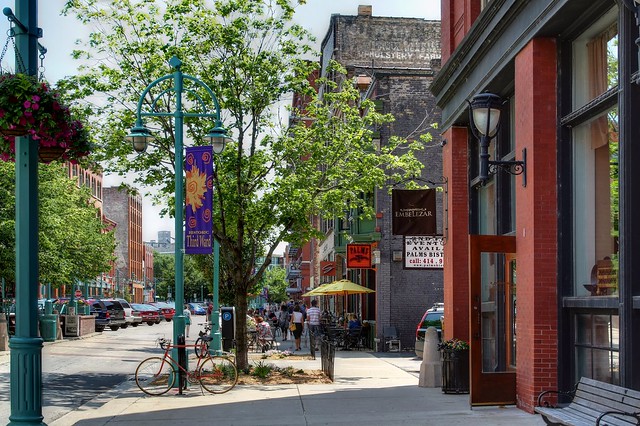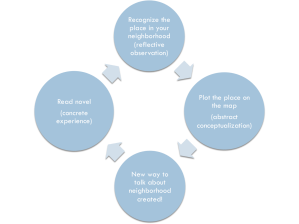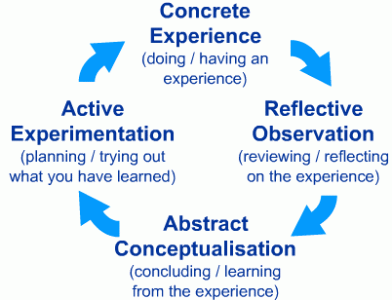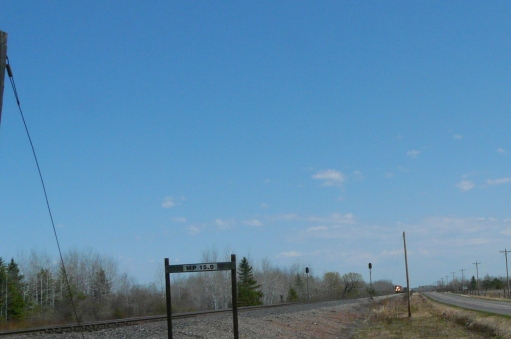What if you wanted to be a tourist in your hometown? How would you decide where to go? What would you do? I am going to visit a place that I’ve known about for a long time…but it’s hidden in the shadow of the freeway and off the beaten path?
I am going there because it was a place in one of the novels I am reading. Red Weather by Pauls Toutonghi, which is set in Milwaukee. It’s interesting to me because I drive through the Third Ward, a warehouse district just south of downtown.

The Third Ward today. (credit: John December)
Why is it interesting to me? I’ve lived in Milwaukee since 2002, so I’ve always known the Third Ward as the swanky, upscale, redeveloped warehouse district where shops and restaurants line the river. In 1989? Well, it was very different – boarded-up buildings, polluted river, and delivery trucks coming and going.
The new place I am going to visit is the Tropic Banana Company. It’s a place where the main character met a girl who becomes very important to him (don’t want to give anything away) while she was selling copies of a political newsletter. The story is very possible and typical of Milwaukee at the time, but so different from what’s there now.

Tropic Banana Company (credit: Creative Photo Designs)
This conceptualization of Milwaukee in the novel makes me think about how the city is seen by the rest of the world. People who don’t live here think of beer, heavy industry, and Laverne and Shirley. When the author uses iconic scenes like lunch at a retro-aluminum-Formica lunch counter in an old department store, I wonder if we will get to escape the Happy Days-era imagery. ‘Imaginative geographies” is a concept that seems like it could apply here. Imaginative geographies can be thought of as how places are described and reflect the preconceived notions of the author (and relations to the dominant cultural narrative), and not necessarily the place.
I am not sure the term applies here, but I am still going to present a counter-imaginative geography here – one where Milwaukee is a vibrant city, filled with tree-lined streets and beautiful waterways, and an amazing food culture.
Wisconsin Foodie at Victory Garden Initiative
Using Placing Literature, you too can find a new spot to visit, like Tropic Banana in Milwaukee. If you do, please let us know. Post in the comments or on Facebook.



